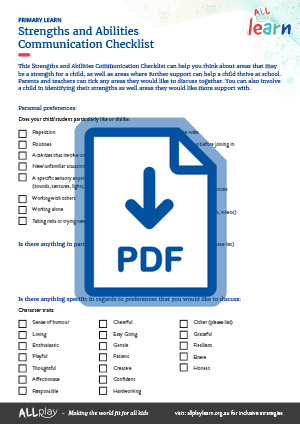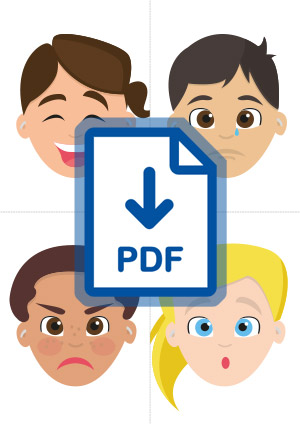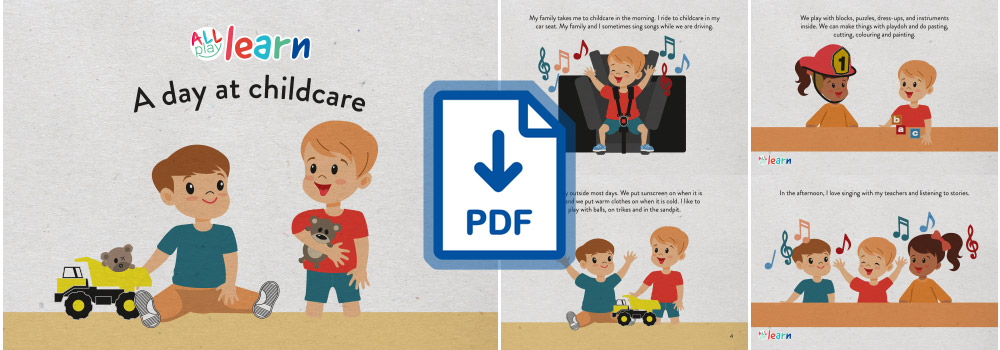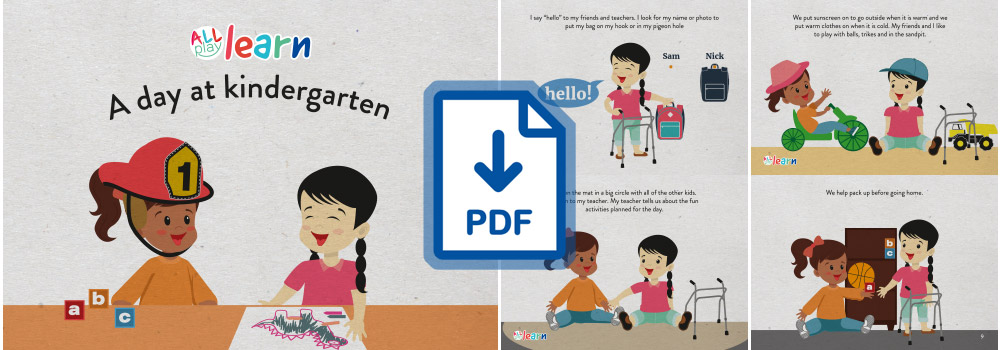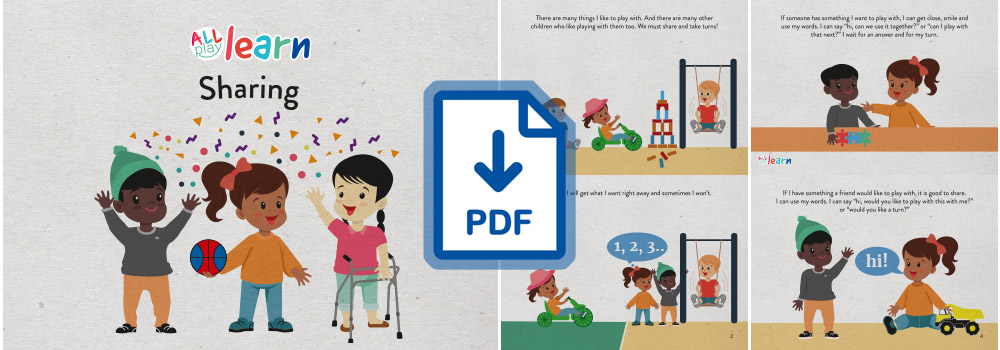
Deaf, deaf and Hard of Hearing
On this page:

About Deaf, deaf and hard of hearing
The term “Deaf” (capitalised D) describes individuals who communicate using Australian Sign Language (Auslan). These individuals identify as belonging to the signing Deaf community, which is like a different ethnic group; it has its own language and culture. Deaf people often interact with both the Deaf and hearing communities, but do not consider themselves to be “hearing impaired”.
In contrast, the term “deaf” (lower case d) describes individuals who physically do not hear, as well as those who do not identify as members of the signing Deaf community.
“Hard of hearing” describes individuals who have a mild to moderate hearing loss, or who have developed hearing loss in late childhood or adulthood. People who are hard of hearing typically use spoken language (including lip-reading) to communicate. They may also rely on residual hearing (possibly with use of a hearing aid), written language, or gestures.
"Hearing impaired" is also often used in Australia to describe people who are hard of hearing, but this is generally not the preferred term.
Using the wrong word to describe a person’s hearing can be offensive, so it is important to ask the child and their family which group they identify with.

Strengths
What might be some strengths?
- Some children can participate successfully like their peers when given clear and specific instructions.
- Some children are strong visual learners, and are able to mentally hold and manipulate visual information (e.g. picture an object and rotate that picture in their mind).
Where might you provide support?
- Some children may need support to stay focussed on tasks and other activities.
- Some children may need support with interacting with peers and building relationships.

Evidence-based strategies
Consider adjustments to teaching style
Make adjustments to activities and equipment
Build social skills
- Support children to develop the skills needed to interact with their peers in a positive manner. Use explicit instructions, modelling and prompting to teach children skills such as how to cooperate, share and play together.

Best practice tips
Work with the child’s parents and support team
Communicate in different ways
Check the learning environment has plenty of light
Be aware of noise levels
Give corrective feedback
Allow time to practise
Consider how you give instructions and communicate
Promote self-determination
- Check that any online learning material is accessible. For example, ensure that video and audio content is high quality and contains limited background music and unnecessary decorative details.
- Promote self-determination. Empower and teach children to make simple choices, set goals, be independent, and develop problem-solving abilities. Use technology as needed. For example, technology can be used by children to indicate preference.

Early Years Learning and Development Outcomes
Outcome 1: Children have a strong sense of identity
Outcome 2: Children are connected with and contribute to their world
Outcome 3: Children have a strong sense of wellbeing
Outcome 4: Children are confident and involved learners
Outcome 5: Children are effective communicators

Other considerations

Relevant resources
Visit our resources page for a range of resources that can help to create inclusive education environments for children with disabilities and developmental challenges. Some particularly relevant resources for children who are Deaf, deaf and hard of hearing include:

